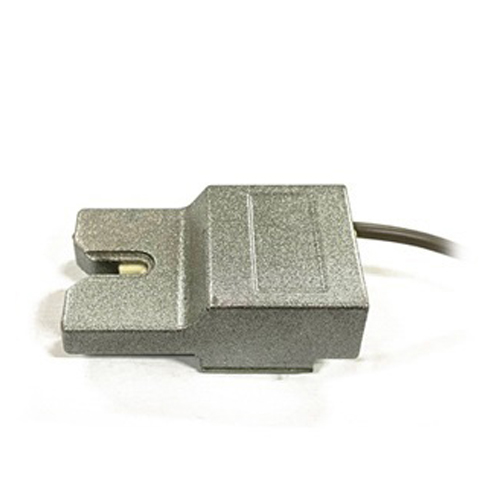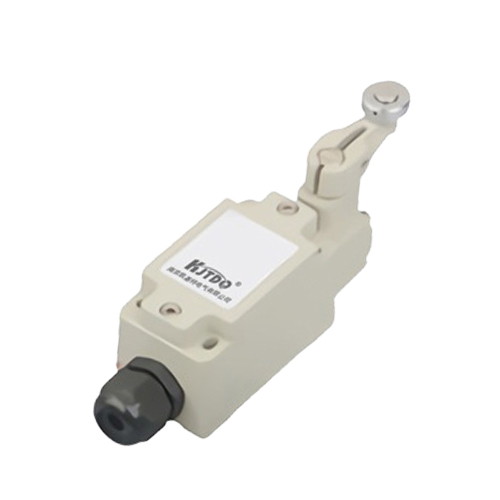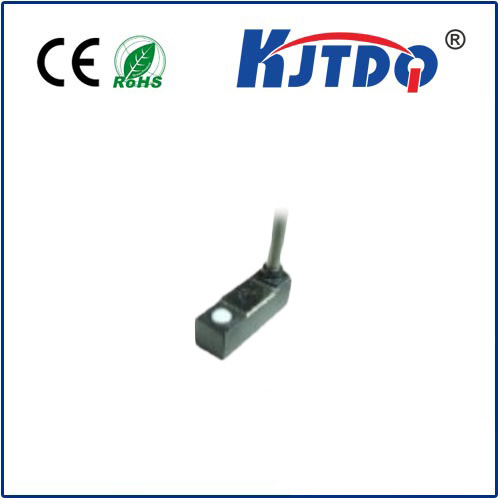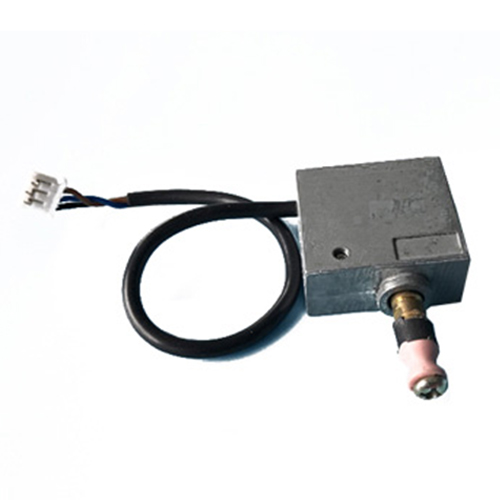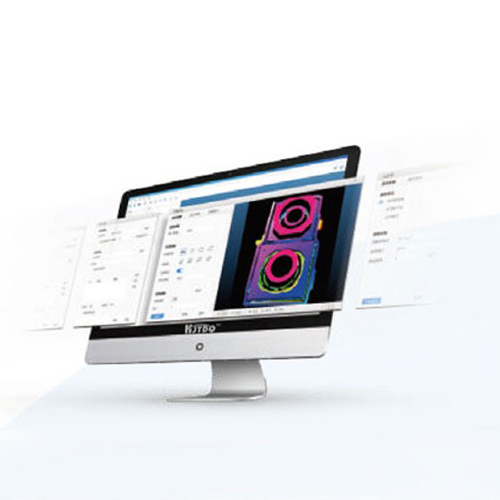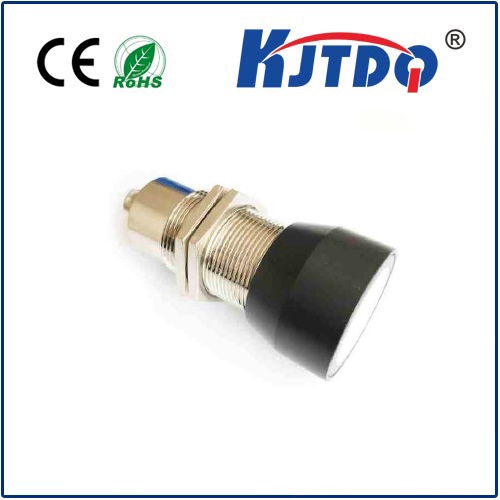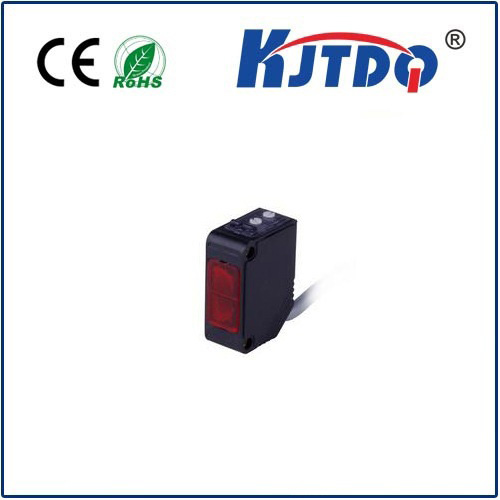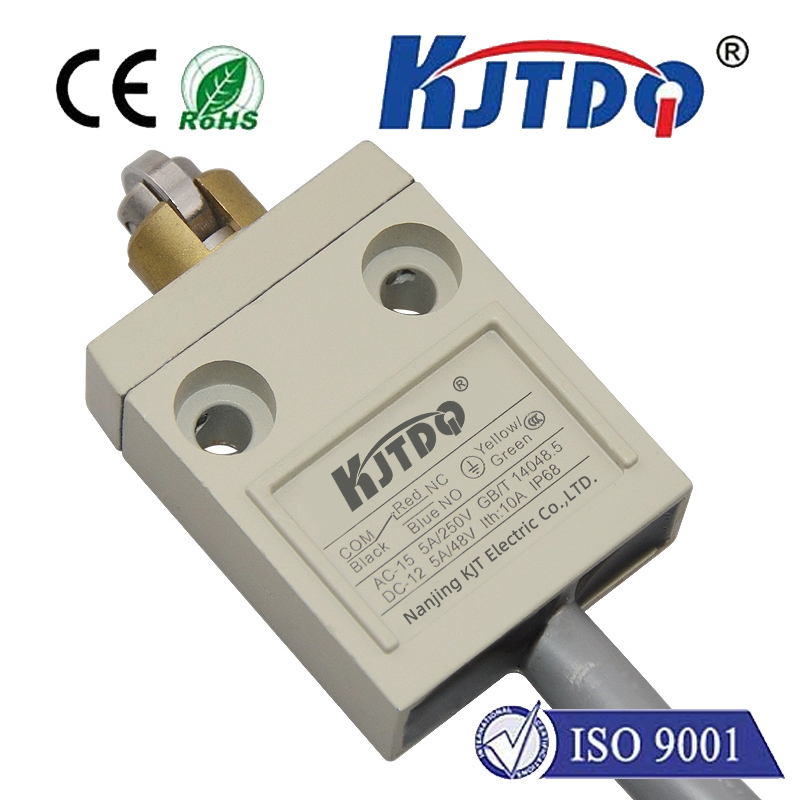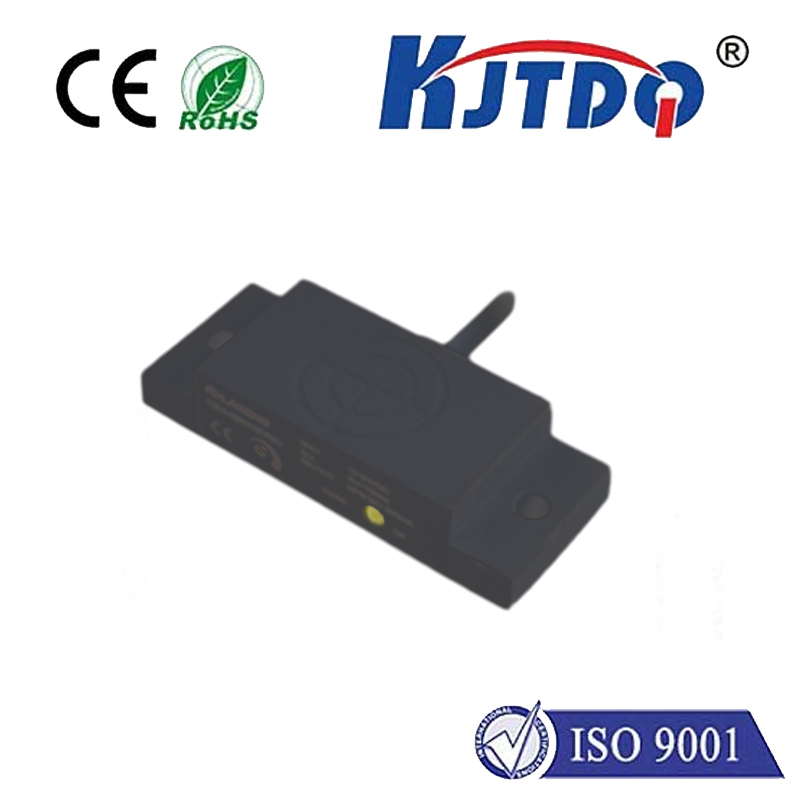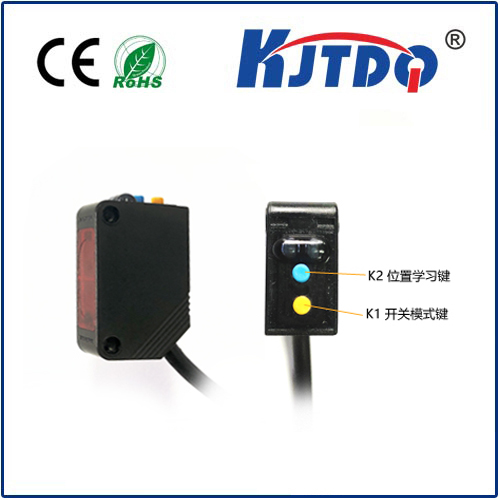

check

check

check

check

check

check

check

check

check

check
In hazardous environments, ensuring the safety of workers and equipment is of utmost importance. One solution that offers reliable and safe proximity measurements is the intrinsically safe proximity sensor. These sensors are designed to operate in environments where traditional sensors can cause accidental activation, such as during a fire or explosion.
The intrinsic safety of a proximity sensor is achieved through its design. These sensors do not have any electronic components that can generate electromagnetic emissions or conductive paths that could lead to a short circuit. As a result, they cannot trigger hazards in their surroundings, even if the sensor itself is damaged or misaligned. This makes them ideal for use in areas with high risk of electrical hazards, such as chemical plants, nuclear power plants, and medical facilities.
Intrinsically safe proximity sensors also offer superior accuracy and reliability compared to traditional sensors. They can detect distances from up to 30 meters and maintain consistent readings even in extreme conditions. This ensures that accurate data is always available for critical decision-making processes.
In addition, these sensors are easy to install and maintain. They typically consist of a magnetic transmitter and receiver that communicate over a non-metallic conductor. The transmitter sends a small radio frequency signal that is received by the receiver. By measuring the time it takes for the signal to travel between the two devices, the distance between them can be calculated. This simple yet effective technology eliminates the need for complex wiring or specialized installation techniques.
In conclusion, intrinsically safe proximity sensors offer a safe and reliable solution for measuring distance in hazardous environments. Their intrinsic safety, accuracy, and ease of use make them an attractive choice for a wide range of applications, including fire detection, access control, and industrial process monitoring. With these sensors, workers can focus on their tasks without worrying about the potential hazards posed by traditional sensors.
